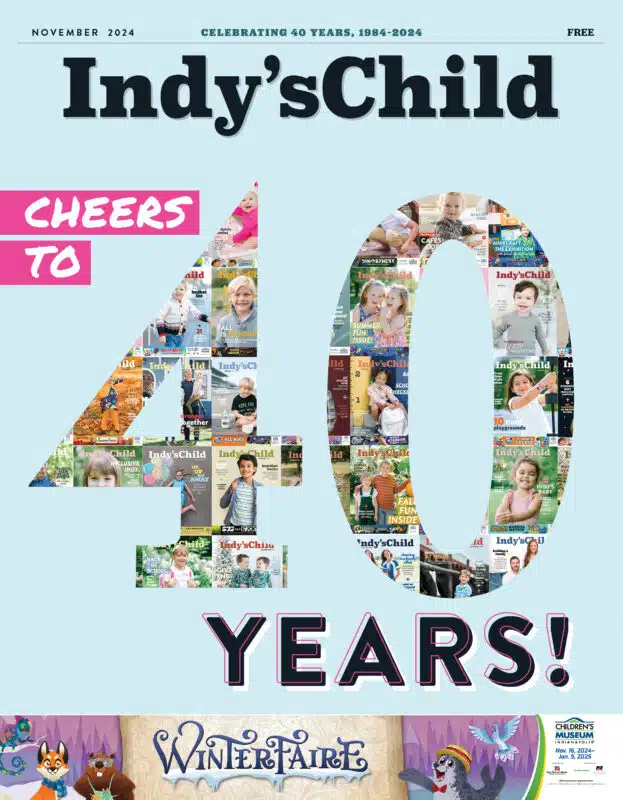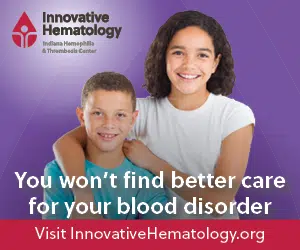At what moment exactly does one become a parent? For some couples, it’s seeing two faint pink lines appear on a stick. For others, it’s hearing from a doctor that a medical procedure has finally worked. And some become parents by receiving a phone call saying they have been matched with a child to adopt.
Modern adoption looks very different than it did just twenty years ago, with the stereotype of parents revealing to a surprised child that they are not his biological parents. Today, open adoptions are standard practice. “We won’t work with families that don’t embrace open adoption, because long-term it’s what’s best for the adoptee,” says Amanda Hammond, the Director of Birth Mother Services at the Adoption Support Center for the past 19 years and passionate spokeswoman for adoption.
To understand open adoptions, it is important to understand their counterpart, closed adoptions, which were typical in the past. A closed adoption meant that a birth mother placed her child up for adoption, signed away her rights and then could have virtually no contact with her child ever again. When the adoptee turned 21, birth parents would have the ability to go to the Indiana Adoption History Registry and register themselves, which would signal to the adoption agency that the birth parent would be willing to open a dialogue. However, if this step never occurred, it could mean that the adoptee might never have the opportunity to connect with his or her biological family. Hammond feels that closed adoptions didn’t seem fair to the birth mother or child, saying “To have a need [to know where you came from] like that that goes unmet can be very detrimental.”
Adoption scenarios today have markedly changed. Due in large part to the advent of technology and social media, open adoption can allow birth parents and adoptive parents to friend each other on social media, exchange text messages or FaceTime on a regular basis.
Open adoption and the birth mother
At the Adoption Support Center, birth mothers work with advocates and coordinators to determine a level of communication they feel comfortable with in order to place their child with adoptive parents. “The birth mother is handing over her child, so whatever she needs is appropriate and healthy,” says Hammond. “Every woman is different based on how they will grieve and cope.”
Hammond focuses much of her time on birth mothers, saying that while society often views adoptive parents and the adopted child in a positive light, birth mothers can be burdened with guilt and shame. Leah Roller, a coordinator with the Adoption Support Center, says “Adoption is the hardest decision anyone has to make. Grieving is a very real thing in adoption.” She urges birth mothers to know that they are not alone and whatever they’re feeling is entirely valid. With open adoption, Rollers says “It’s not good bye, it’s see you later.”
Prior to advent of open adoptions, placing a biological child with another family meant the end of a relationship with that child. Now, birth mothers can have the chance to continue a relationship – and have the support of others familiar with what this entails. Hammond wants birth mothers to know: “Absolutely, without a doubt, you do not have to do this alone. Women need to realize that there are places that will walk the journey with them.” Hammond and Roller strongly encourage birth mothers to work with an agency that provides ongoing support and aftercare not only for the first year after pregnancy (which can be particularly challenging) but into the future as well.
Open adoption and the child
Part of the reason Roller feels so strongly about the benefit of open adoption comes from her own experience. She was placed for adoption in 1993 through the Adoption Support Center. Her adoption was open, and letters and photographs were exchanged between her birth mother and her adoptive parents. Rollers says she always knew she was adopted, and she always knew who her birth mother was. When she was a teen, she began a relationship with her birth mom on Facebook as well as with her three half-brothers. She was also able to learn the identity of her birth father and has since forged a relationship with his daughter.
Leah’s journey with adoption took an unexpected turn when she became pregnant as a senior in high school. Her parents called the Adoption Support Center and Leah met with a caseworker. Her son was placed for adoption in 2012 with “parents that are very much like my parents” she says. Leah receives pictures, communicates through social media and visits with her son. Although she says her decision to place her child up for adoption was far from easy, she doesn’t regret it. In her position now, she spends her days counseling birth mothers. “I feel like I have trained my whole life for this job,” Leah says. “The strength of these women never ceases to amaze me.”
Open adoption and the adoptive parents
As an adoptive parent, Kendra of Indianapolis got the news of her baby’s arrival on a moment’s notice. Three weeks before her daughter (now four years old) was supposed to be born, Kendra received a phone call telling her to get on a plane; her adoptive daughter was on the way. She met her daughter’s birth mother for the first time in the delivery room and has kept in contact with her and her family through text messages and pictures ever since. “I like knowing that we can reach out and find out more about her background and her family history,” Kendra says. And despite worries about the birth mother “being a big scary unknown” Kendra says she is an extended part of the family and a constant in her daughter’s life. Although she experienced four previous failed matches, Kendra is still very positive about the adoption process. “For most people, at least part of the process is going to be difficult, but that uncertainty will end,” she says. Kendra highly recommends choosing an agency that provides ongoing assistance and becoming part of a support group, saying “If you meet another adoptive parent, you know you have an immediate connection.” Kendra and her family are currently in the process of adopting again and are hopeful that they will be able to add to their family.
“Indiana is one of the best states to adopt in,” says Sara of Indianapolis, mother to an eight-year-old son and a five-year-old daughter. Both of her children came to her through open adoption, and each adoption is unique. Although she had reservations about open adoption at first, she says “I truly think open adoption is the best thing for my kids.” Sara maintains regular communication with her children’s birth parents through email, pictures, text messages and in-person visits. “Knowing that my kids understand how they came to be a part of our family is very important,” she says. “And I want them to have that connection to their biological family.” Because her two children have their own biological families who communicate differently and with different frequency, this can present a challenge. However, Sara is a champion of open adoption, saying “You will get the child you were meant to raise.”
Hammond wants adoptive parents to know that the process of adoption is not as hard as people may think. On average, she says it takes 9-10 months before becoming a parent. Although people can be deterred by the time and cost, she recommends seeking out a professional and supportive agency for guidance.
Deciding to place a child for adoption and deciding to become an adoptive parent are not easy decisions. Fortunately however, we’ve come a long way in knowing how to support both types of parents along the way. And with both parties feeling informed and valued, the most important people in the process, the children, reap the benefits.







